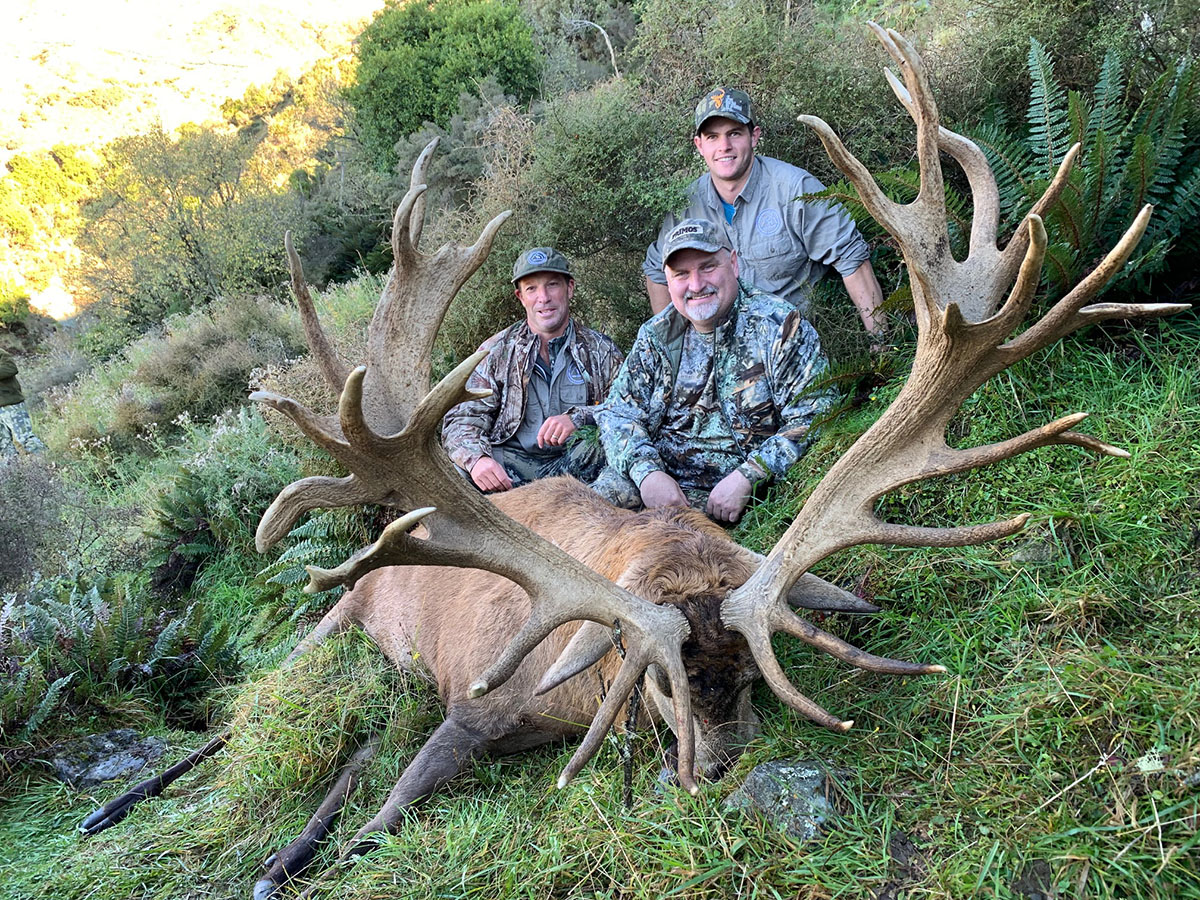For centuries, red deer hunting has been a popular and challenging activity for outdoor enthusiasts. The thrill of pursuing these majestic creatures in their natural habitat requires a deep understanding of their behaviour and movement patterns.Â
Successful hunts are not merely a matter of luck but result from knowledge and strategic planning.Â
This comprehensive guide will delve into the intricacies of red deer behaviour and tracking techniques, equipping you with the insights needed from red deer New Zealand hunting and overall your hunting experience.
The Red Deer Species
The red deer (Cervus elaphus) is one of the largest and most iconic species, known for its impressive antlers and striking reddish-brown coat. These majestic creatures inhabit various terrains, including woodlands, grasslands, and mountainous regions across Europe, Asia, and North Africa. Their behaviour is influenced by multiple factors, including their habitats, feeding patterns, and seasonal migrations.
Understanding the behavioural traits of red deer is crucial for hunters, as it directly impacts hunting success. For instance, red deer are known to be crepuscular, meaning they are most active during the twilight hours of dawn and dusk. Additionally, their feeding habits often lead them to specific areas, making these locations prime hunting grounds for those who understand their patterns.
Understanding Red Deer Behaviour
Throughout the year, red deer exhibit various behaviours influenced by seasonal changes and weather conditions. During the breeding season or rut, male red deer become more vocal and aggressive as they compete for mates, while females display distinct mating behaviours. Understanding these behaviours can provide valuable insights for hunters, allowing them to anticipate red deer movements and adjust their strategies accordingly.
Weather conditions also play a significant role in red deer behaviour. Harsh weather, such as heavy rainfall or snowfall, can impact their movement patterns and lead them to seek shelter in specific areas. By adapting hunting strategies to account for these weather-induced behaviours, hunters can increase their chances of a successful hunt.
Tips for hunters to adapt their strategies based on behavioural patterns include carefully studying the local terrain, observing red deer activity during different times of day, and adjusting hunting locations based on seasonal behaviours. These insights can be invaluable in honing hunting techniques and maximising the likelihood of a successful hunt.

Tracking Techniques for Red Deer Hunting
Tracking red deer requires a keen eye and a thorough understanding of their movement patterns. Traditional tracking methods, such as identifying footprints, droppings, and feeding areas, provide valuable clues about the presence and behaviour of red deer in a given area. Patience and observation are critical aspects of successful tracking, as it often requires time and persistence to identify the most promising red deer New Zealand hunting locations.
In the modern era, hunters can access advanced technologies that enhance their tracking capabilities. GPS devices, trail cameras, and other electronic tools can aid in mapping red deer movements and identifying high-traffic areas. While these technologies can be valuable assets, they should complement, rather than replace, traditional tracking methods, as a deep understanding of red deer behaviour remains fundamental to successful hunting.
Hunting Outfitters for Red Deer Hunts
Professional hunting outfitters New Zealand, offer valuable services for those seeking an elevated hunting experience that can enhance the overall hunt. These outfitters provide expert guidance and access to prime hunting locations and often possess knowledge about red deer behaviour and habitats. By enlisting the services of hunting outfitters New Zealand, hunters can benefit from a tailored and immersive hunting experience, increasing their chances of a successful and memorable hunt.
Hunting outfitters also offer additional services such as accommodation, equipment rental, and transportation, allowing hunters to focus solely on the thrill of the hunt without the logistical burdens. Their expertise and resources can give hunters an edge, especially when navigating unfamiliar hunting grounds or seeking specific red deer specimens.
Conclusion
In conclusion, mastering red deer hunting is a multifaceted endeavour that involves a deep understanding of red deer behaviour and tracking techniques. By familiarising themselves with the behavioural patterns of red deer, adapting strategies to seasonal and weather-related behaviours, and utilising effective tracking techniques, hunters can significantly increase their chances of a successful hunt. By understanding red deer behaviour and employing effective tracking techniques, hunters can elevate their red deer New Zealand hunting experiences and increase their chances of a successful hunt. Whether pursuing red deer for sport or sustenance, the insights shared in this guide can serve as valuable tools for hunters seeking to immerse themselves in the captivating world of red deer hunting.